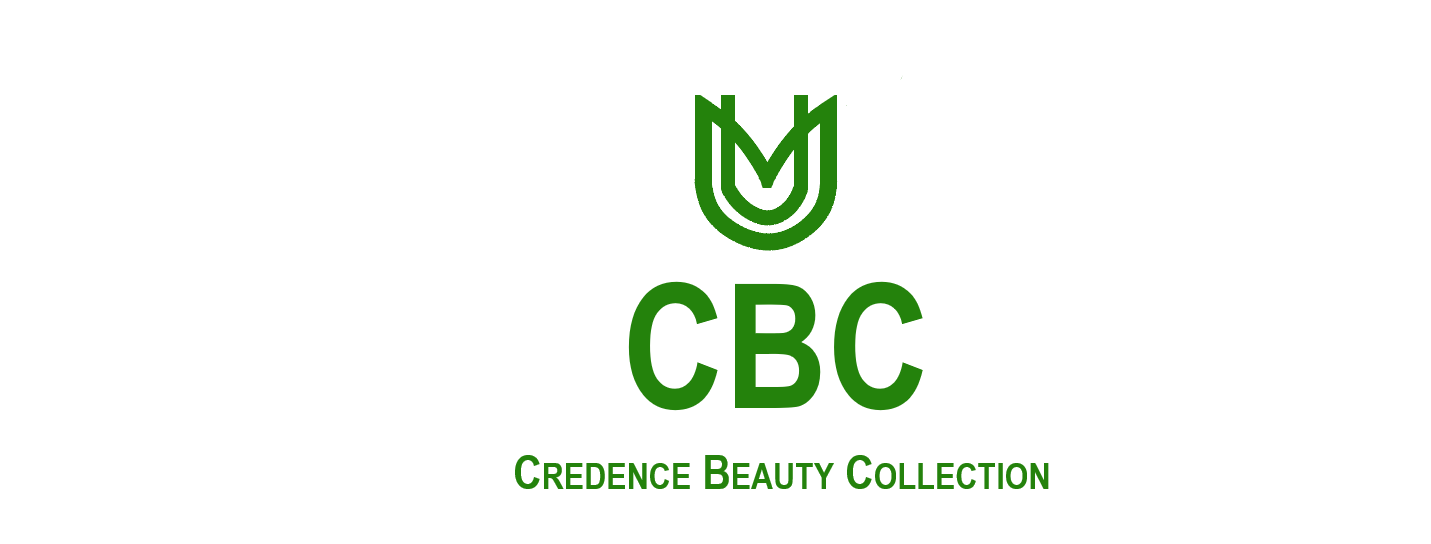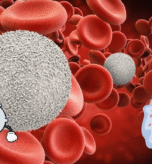Beauty and editing are two concepts that have become increasingly intertwined in the digital age. With the rise of social media, photo editing software, and high-quality smartphone cameras, the way we perceive and present beauty has undergone a significant transformation. In this article, we will explore the relationship between beauty and editing, discussing the impact of editing on our perception of beauty, the role of editing in the beauty industry, and the ethics surrounding the use of editing software.
The Impact of Editing on Our Perception of Beauty
Editing has become an integral part of the way we present ourselves online. Whether it’s retouching a portrait, enhancing a landscape, or creating a specific aesthetic, editing software has given us the power to manipulate images in ways that were previously unimaginable. However, this has also led to a distorted view of beauty, with many people feeling pressure to conform to unrealistic standards.
The proliferation of edited images on social media has created a culture of comparison and competition, where individuals feel compelled to present a perfect online persona. This can lead to feelings of inadequacy and low self-esteem, as people compare their natural appearance to the edited images of others. Furthermore, the constant exposure to edited images can also affect our perception of beauty, making it difficult to distinguish between what’s real and what’s not.
The Role of Editing in the Beauty Industry
Editing plays a significant role in the beauty industry, particularly in advertising and marketing. Beauty brands often use editing software to enhance the appearance of their models, products, and packaging. This can include removing blemishes, smoothing out skin texture, and enhancing colors. The goal is to create visually appealing images that capture the attention of potential customers and convey a sense of luxury and high-end quality.
In addition to advertising, editing is also used in beauty tutorials and product reviews. Many beauty influencers and bloggers use editing software to enhance their tutorials, removing imperfections and creating a seamless viewing experience. This can include editing out mistakes, stabilizing footage, and adding visual effects.
The Ethics of Editing
While editing can be a powerful tool for creative expression and self-presentation, it also raises important ethical questions. One of the main concerns is the potential for deception and manipulation. When editing is used to create unrealistic beauty standards, it can lead to a lack of authenticity and trust. This can be particularly problematic in advertising, where edited images can be used to mislead consumers about the effectiveness of a product.
Another concern is the impact of editing on mental health. The constant exposure to edited images can lead to feelings of inadequacy and low self-esteem, particularly among young people. It’s essential to promote a positive and realistic view of beauty, one that celebrates individuality and diversity.
Conclusion
The relationship between beauty and editing is complex and multifaceted. While editing can be a powerful tool for creative expression and self-presentation, it also raises important ethical questions. By promoting a positive and realistic view of beauty, one that celebrates individuality and diversity, we can work towards creating a more inclusive and accepting definition of beauty. Ultimately, it’s up to each of us to use editing software responsibly, promoting authenticity and honesty in our online interactions.



